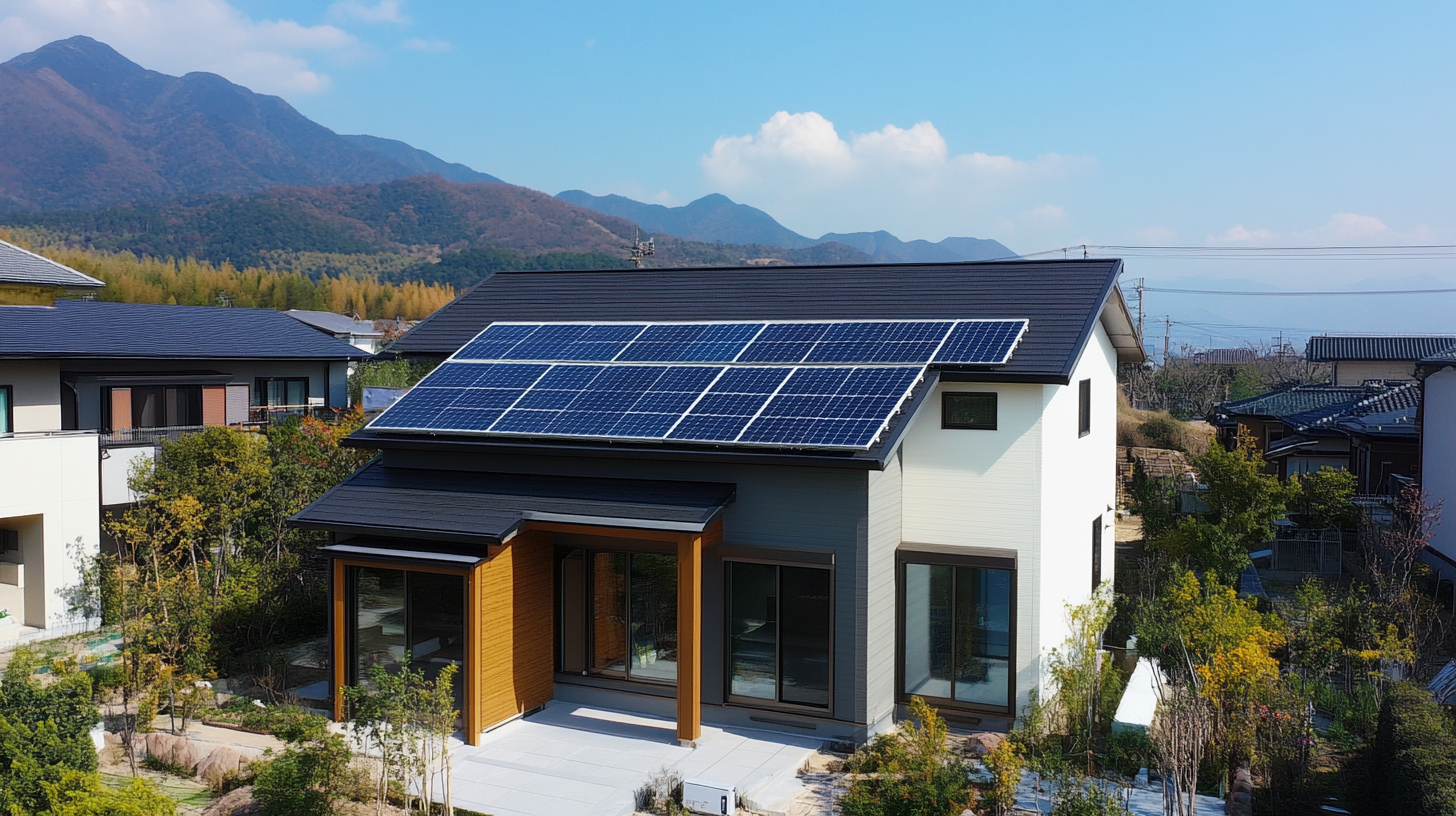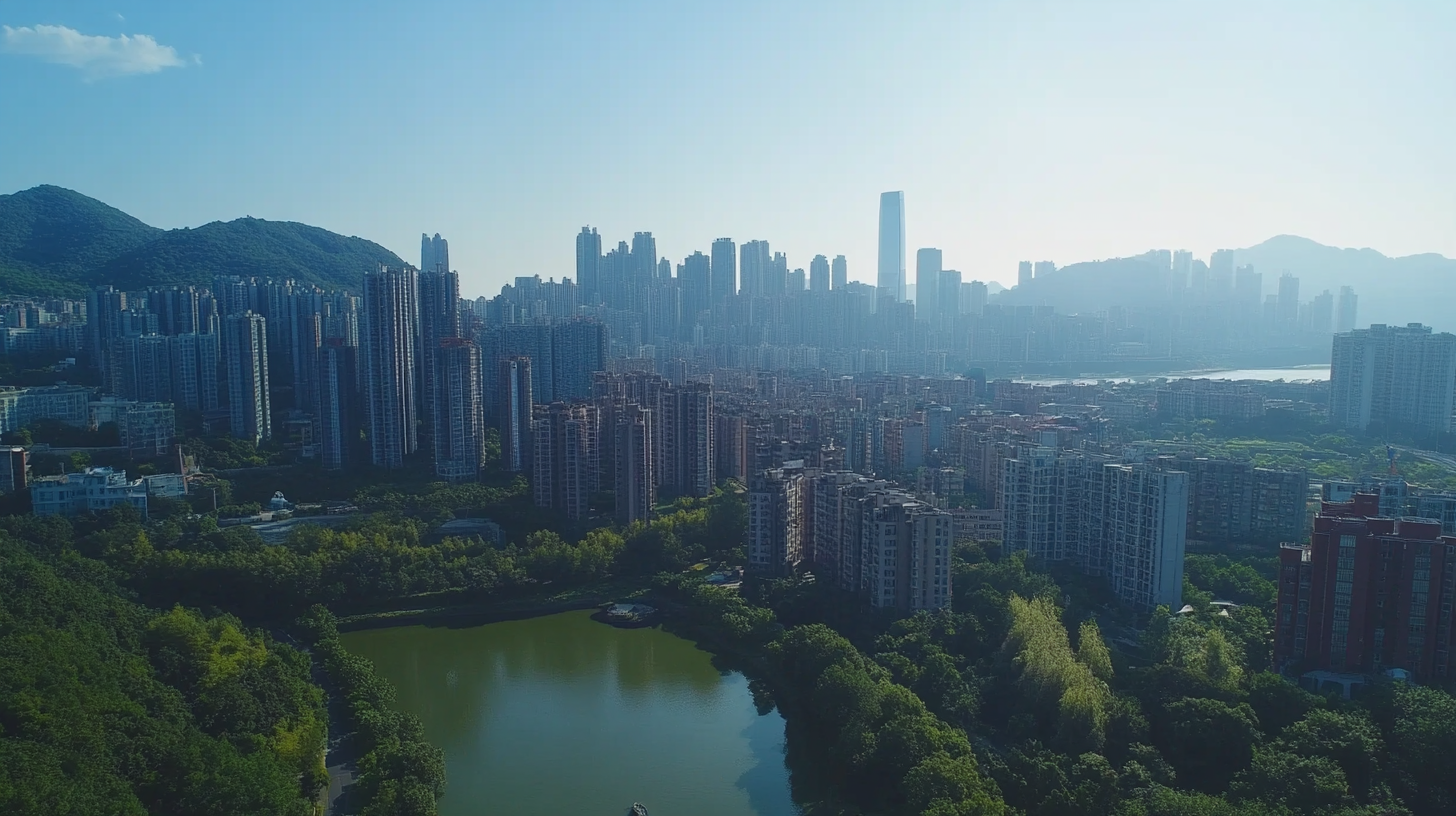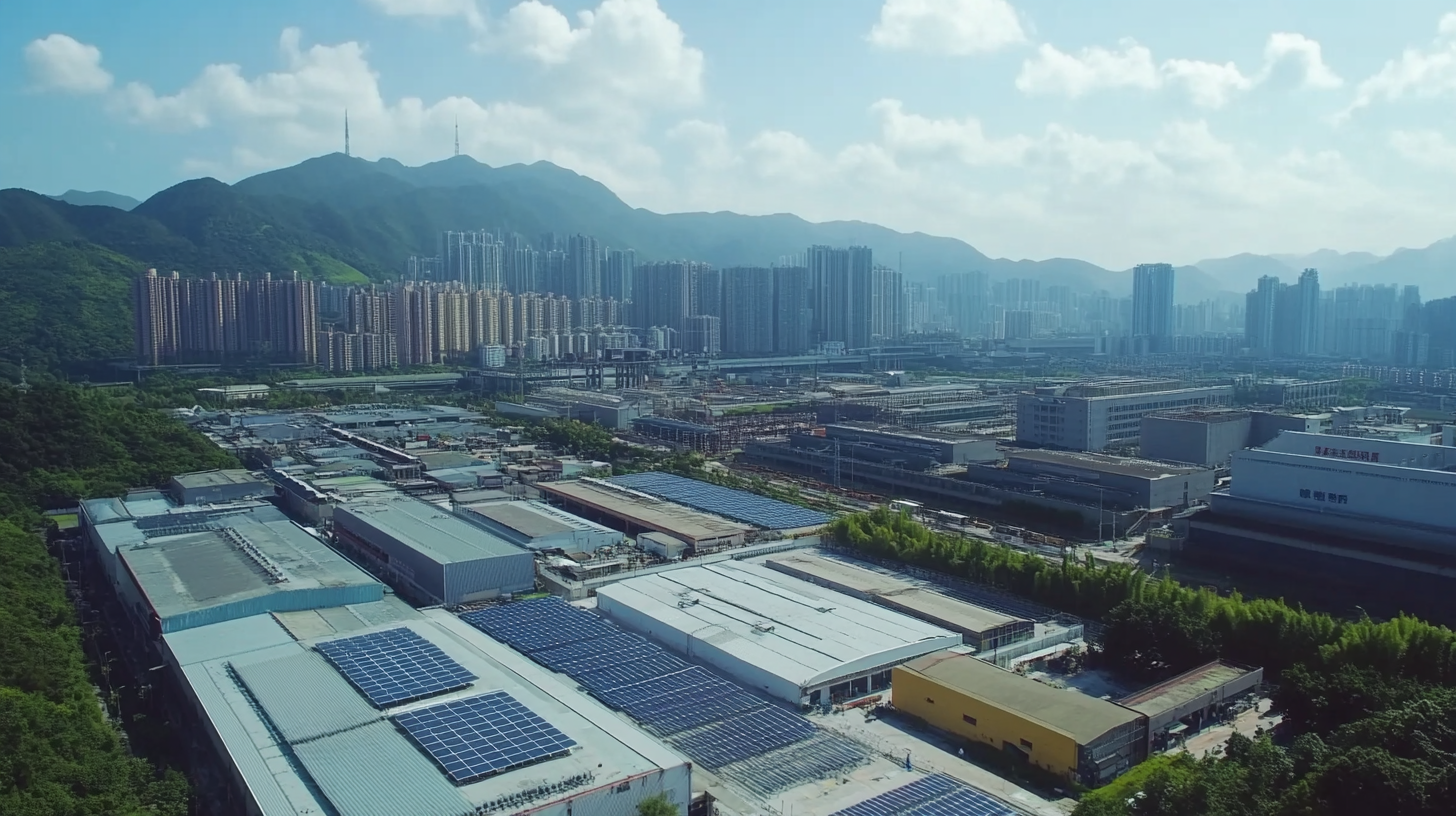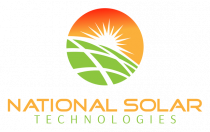Challenges Faced by Global Buyers in Sourcing Solar Energy Systems
As the global demand for renewable energy sources continues to rise, the sourcing of Solar Energy Systems has emerged as a critical focus for buyers seeking sustainable solutions. According to the International Renewable Energy Agency (IRENA), solar energy capacity reached over 850 GW worldwide by the end of 2020, highlighting the significant growth and potential of this industry. However, despite this promising landscape, buyers face a myriad of challenges in the procurement process, including fluctuating prices, varying quality standards, and complex regulatory environments that differ from one region to another.
Moreover, a report by Bloomberg New Energy Finance indicates that solar technology costs have dropped by over 80% since 2010, yet supply chain complexities and geopolitical tensions pose obstacles that can hinder timely access to high-quality Solar Energy Systems. As buyers navigate this intricate marketplace, understanding these challenges becomes essential for making informed decisions that align with their sustainability goals and budget constraints. Addressing these issues not only ensures successful procurement but also contributes to the overall advancement and adoption of solar technologies, which are vital for achieving global carbon reduction targets.

Key Considerations for Evaluating Solar Energy Suppliers Globally
When evaluating solar energy suppliers globally, buyers face numerous challenges that require careful consideration. One of the primary concerns is the sustainability of the supply chain. According to a recent report by the International Energy Agency (IEA), the solar photovoltaic (PV) industry is central to the global shift toward clean energy. However, the concentration of the supply chain poses risks, affecting both security and cost competitiveness. These risks necessitate a comprehensive evaluation of suppliers based on their approach to reducing greenhouse gas emissions and incorporating recycled materials into their production processes. Additionally, geopolitical factors, such as trade tensions and regulatory shifts, also weigh heavily on sourcing decisions. For instance, the implementation of the U.S. Uyghur Forced Labor Prevention Act has significantly impacted the import of solar components from specific regions, leading to the detention of products worth approximately $1.4 billion. This has prompted global buyers to reassess their supply chains and seek alternative sourcing strategies to avoid complications. Furthermore, as multinational companies adjust to these challenges, they are shifting their manufacturing bases to countries with lower risk profiles. According to industry reports, companies are increasingly diversifying their supply chains to mitigate dependency on any single country, particularly in the context of emerging trade wars. This dynamic landscape demands that buyers not only evaluate current suppliers but also consider potential partners who prioritize ethical practices and sustainable production methods.

Navigating Regulatory Challenges in Different Markets for Solar Systems
Navigating the regulatory landscape is one of the most daunting challenges faced by global buyers in sourcing solar energy systems. Each market has its unique set of regulations, incentives, and policies, which can vary significantly from one country to another. For instance, while some regions may offer generous subsidies and tax benefits for solar installations, others might impose strict import tariffs or have complex permitting processes that can delay project timelines. Understanding these regulations is crucial for buyers to avoid costly mistakes and to ensure compliance, which can ultimately affect the viability of their investments.
Moreover, the rapidly evolving nature of solar regulations can add another layer of complexity. With technological advancements and changing political priorities, policies may shift frequently and unpredictably. Buyers need to stay informed about the latest developments and anticipate how these changes may impact their sourcing strategies. Collaborating with local experts can be beneficial, as they often have insights into the nuances of regional regulations and can help navigate potential pitfalls.
In addition to regulatory challenges, buyers must also consider the certification standards required for solar systems in different markets. Each country may have its own testing and certification processes that manufacturers must comply with to sell their products legally. Navigating these requirements can be time-consuming and may necessitate additional investments in quality assurance and supply chain management, further complicating the sourcing process. Understanding these regulatory dimensions is essential for global buyers aiming to successfully implement solar energy solutions.

Managing Supply Chain Risks in the Solar Energy Sector
Managing supply chain risks in the solar energy sector is a complex but vital challenge for global buyers. The solar industry relies heavily on a network of suppliers, manufacturers, and logistics partners that span the globe. This interconnected web means that disruptions in one part of the supply chain can lead to significant delays and increased costs. Factors such as political instability, natural disasters, and trade regulations can all impact the availability and pricing of necessary materials like photovoltaic cells and inverters.
To mitigate these risks, buyers must adopt a proactive approach. Diversifying suppliers can be a strategic move to reduce dependency on any single source. By establishing relationships with multiple vendors across different regions, buyers can create a buffer against local disruptions. Furthermore, investing in local supply chains where possible can help reduce shipping times and costs while enhancing responsiveness to market changes. This local focus not only simplifies logistics but also often leads to better communication and collaboration.
Moreover, buyers should invest in technology and data analytics to monitor supply chain performance closely. By utilizing predictive analytics, companies can identify potential disruptions before they escalate, allowing for preemptive measures. This real-time insight is crucial in making informed decisions, adjusting inventory levels, and reallocating resources swiftly. As the solar energy sector continues to grow, effectively managing supply chain risks will be essential for buyers aiming to optimize operations and secure a competitive advantage in this rapidly evolving market.

Understanding Quality Standards and Certifications for Solar Equipment
When sourcing solar energy systems, global buyers often encounter a myriad of challenges, notably in understanding the quality standards and certifications that govern solar equipment. The International Electrotechnical Commission (IEC) sets key standards internationally, ensuring that solar modules and inverters can withstand various environmental stressors. For instance, IEC 61215 focuses on the performance and reliability of photovoltaic modules, mandating rigorous testing to meet specific benchmarks. According to the Global Solar Council, approximately 40% of solar panel failures can be traced back to inadequate quality standards, underscoring the importance of compliance with these standards.
Furthermore, buyers must navigate the complex landscape of certifications. In the European Union, the CE mark indicates conformity with health, safety, and environmental protection standards. The U.S. market typically requires Underwriters Laboratories (UL) certification, which also encompasses a range of safety standards critical for installation and operation. Reports from the Solar Energy Industries Association (SEIA) reveal that systems with recognized certifications significantly improve consumer confidence and can lead to up to 20% higher sales. As more countries adopt renewable energy policies, understanding these certifications becomes paramount for buyers seeking reliable and efficient solar energy solutions.
The variability in standards across regions adds another layer of complexity to the sourcing process. For instance, while some countries may recognize the IEC standards, others have developed their own national standards, which can complicate procurement for global buyers. Furthermore, the rapid evolution of technology in the solar industry necessitates ongoing education regarding the latest standards and certifications. As the market continues to grow, global buyers must prioritize their understanding of these quality benchmarks to ensure the long-term success and reliability of their solar energy systems.
Cultural and Communication Barriers in Global Solar Sourcing Projects
Cultural and communication barriers often pose significant challenges for global buyers involved in sourcing solar energy systems. As the solar market expands worldwide, with projections indicating an increase in global solar capacity from 1,200 GW in 2021 to an estimated 3,000 GW by 2030 (International Energy Agency), it is crucial for stakeholders to understand and navigate these obstacles effectively.
Language differences can lead to misunderstandings in technical specifications and contractual agreements, hindering the progress of solar projects. For instance, a study by McKinsey revealed that 70% of global sourcing projects fail due to inadequate communication between buyers and suppliers. This lack of clarity can result in additional costs and delays, highlighting the need for proficient multilingual teams or effective translation tools to bridge gaps.
Furthermore, cultural nuances can influence negotiation styles and project management approaches. Buyers may encounter varying expectations related to timelines, quality standards, and decision-making processes depending on the region. According to a report from the Global Solar Council, recognizing and adapting to these cultural differences is pivotal; it found that understanding local customs and business etiquette improved project outcomes by over 40%. Thus, awareness of cultural contexts is essential for fostering collaboration and ensuring the success of international solar energy sourcing endeavors.


